Artemis: How we get humans back to the Moon
Artemis is Nasa’s project to land people on the Moon for the first time since 1972.

Scroll down to get started
To achieve this they have built a new spacecraft and a new rocket to carry it into space.
Let’s take a look at the incredible machines that will help put humans back on the Moon!
Space Launch System
This is the SLS - short for Space Launch System. It’s designed to send a spacecraft far beyond Earth.
The SLS is the most powerful launch vehicle since the Saturn V.
Saturn V was the rocket for the Apollo Moon missions in the 1960s and 70s.
On the launch pad the Artemis I rocket will stand 98m high (320ft).
Two metres taller than Big Ben’s clock tower!
Like the Saturn rockets, it is split into stages stacked on top of each other.
The solid rocket boosters provide most of the thrust to lift the rocket off the ground.
They burn six tonnes of solid fuel each second!
They will be jettisoned after two minutes and the core stage rocket will then push the SLS on into Earth orbit.
The core stage is essentially one giant fuel tank, filled with liquid gas colder than -180C.
It will burn almost two million litres (440,000 gallons) of liquid hydrogen and 740,000 litres (160,000 gallons) of liquid oxygen in just eight minutes.
That’s an olympic swimming pool of liquid fuel!
When the fuel is gone, the core stage falls away and the upper-stage engines briefly fire to place the Orion capsule in orbit.
To the Moon
Now the Orion spacecraft must make its way to the Moon.
The journey takes a few days and Orion will get as close as 100km (60 miles) from the surface before firing its thrusters to move into orbit up to 70,000km (40,000 miles) away.
To start that journey there is one final rocket section - the Interim Cryogenic Propulsion Stage (ICPS).
The ICPS will accelerate Orion around the Earth and use the planet’s gravity to slingshot it out into space.
This manoeuvre is called the trans-lunar injection.
Once Orion is on its way to the Moon the ICPS will detach.
The ICPS will blast its engines one final time and live out its days circling the Sun!
Orion has two sections: the capsule and the service module.
Together they are approximately 8m long (26 feet).
The service module is built by the European Space Agency and holds the guidance computers and thrusters to manoeuvre the spaceship.
The capsule is where the crew live.
On future missions Orion will take four astronauts to the Moon, but for Artemis I the seats will be occupied by test dummies.
The space inside is larger than in the Apollo missions but it is still less than nine cubic metres for four people to live in.
It’s about as much space as you get in a medium-size camper van!
The crew can stay in the capsule for a maximum of 21 days.
This first Artemis mission - with no crew - will last for 42 days and Nasa intends to test Orion by pushing it beyond the limits that will be in place when there are astonauts on board.
If everything goes smoothly, Artemis II will follow a similar mission plan but this time with a crew.
Astronauts in orbit on the next Artemis mission will be the furthest from the Earth that humans have ever been.
The purpose of the Orion spacecraft is to carry astronauts between Earth and the Moon but it is not designed to land there.
On future missions, the astronauts will transfer in orbit into a landing craft to take them down to the surface.
The landing system is being built for Nasa by SpaceX.
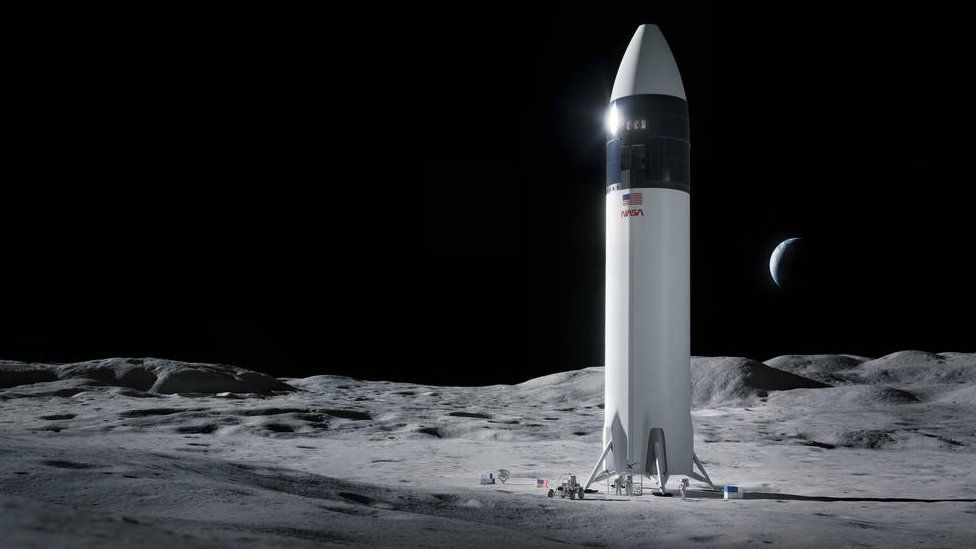
There are also plans for the first-ever space station orbiting the Moon, known as the Gateway.
In the future, Orion will dock with Gateway and astronauts will transfer to the landing craft. After their mission on the Moon's surface, they will transfer back to the space station and into Orion again for the journey home.
To return to the Earth, Orion will accelerate around the Moon and slingshot itself back towards Earth.
As it approaches the Earth, the capsule detaches from the service module, which is no longer needed.
The capsule will be traveling at 32 times the speed of sound as it enters Earth’s atmosphere.
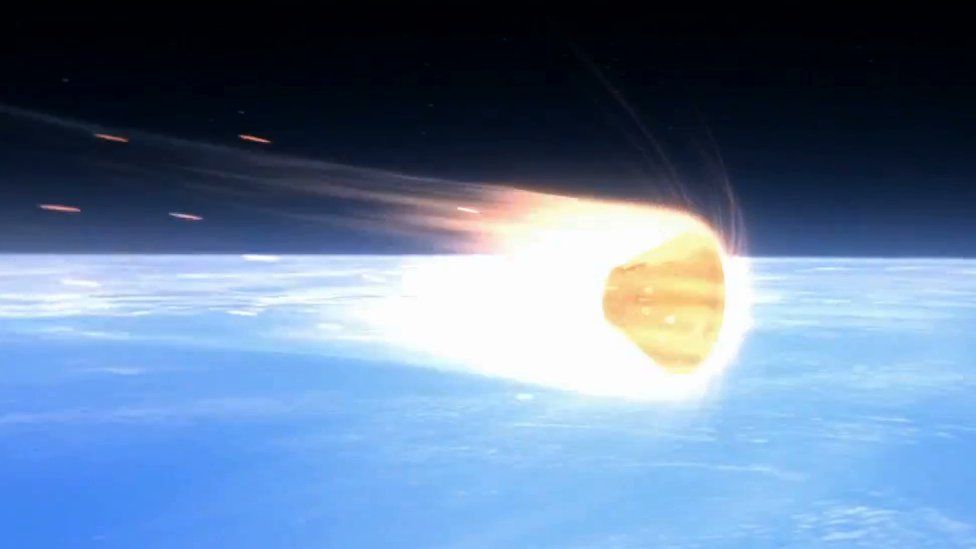
The atmosphere will slow the capsule down but the heatshield will need to protect the crew from temperatures of approximately 2,700C (5,000F).
After travelling more than two million kilometres (1.3 million miles), the capsule will finally touchdown in the Pacific Ocean.
With the help of the US Navy, Nasa will recover the Orion capsule and spend the coming months analysing the instrumentation data.
Parts of the capsule will be re-used for Artemis II, in 2024, when four new astronauts will be launched into space by the SLS rocket.
Then in 2025, Artemis III will complete Nasa’s long-awaited mission to return humans to the surface of the Moon.
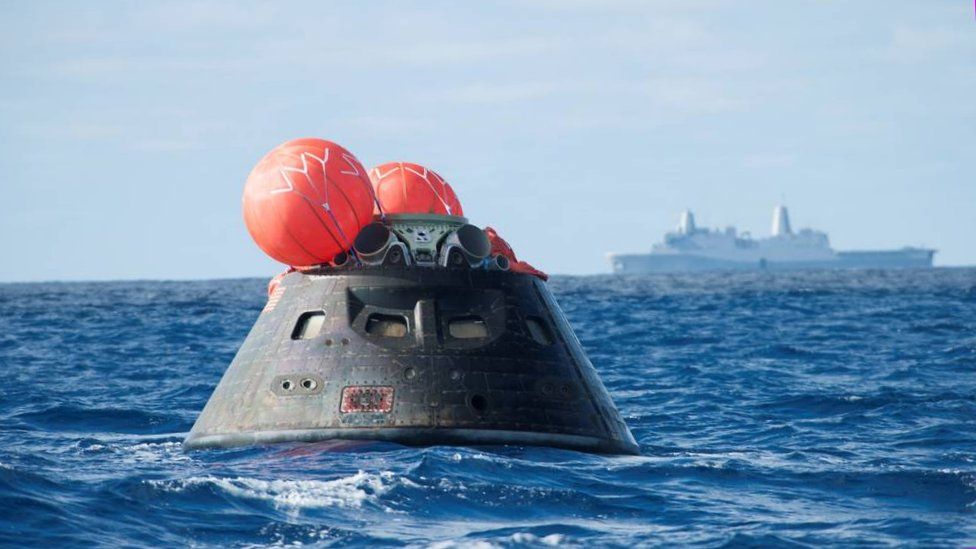
Space Launch System
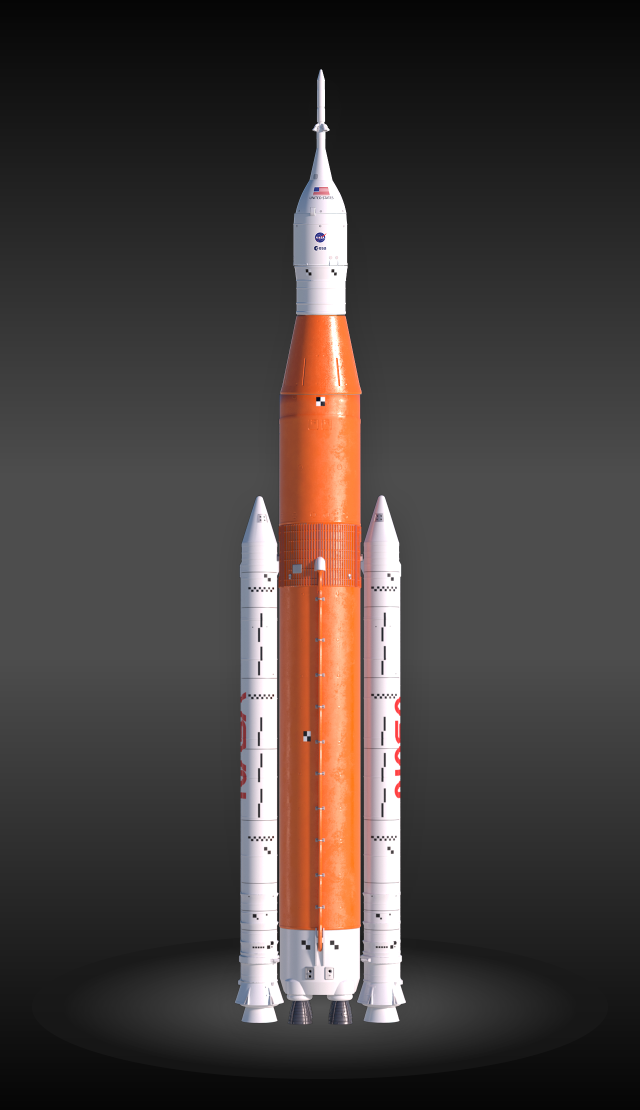
This is the SLS - short for Space Launch System. It’s designed to send a spacecraft far beyond Earth.
The SLS is the most powerful launch vehicle since the Saturn V.
Saturn V was the rocket for the Apollo Moon missions in the 1960s and 70s.
On the launch pad the Artemis I rocket will stand 98m high (320ft).
Two metres taller than Big Ben’s clock tower!
Like the Saturn rockets, it is split into stages stacked on top of each other.
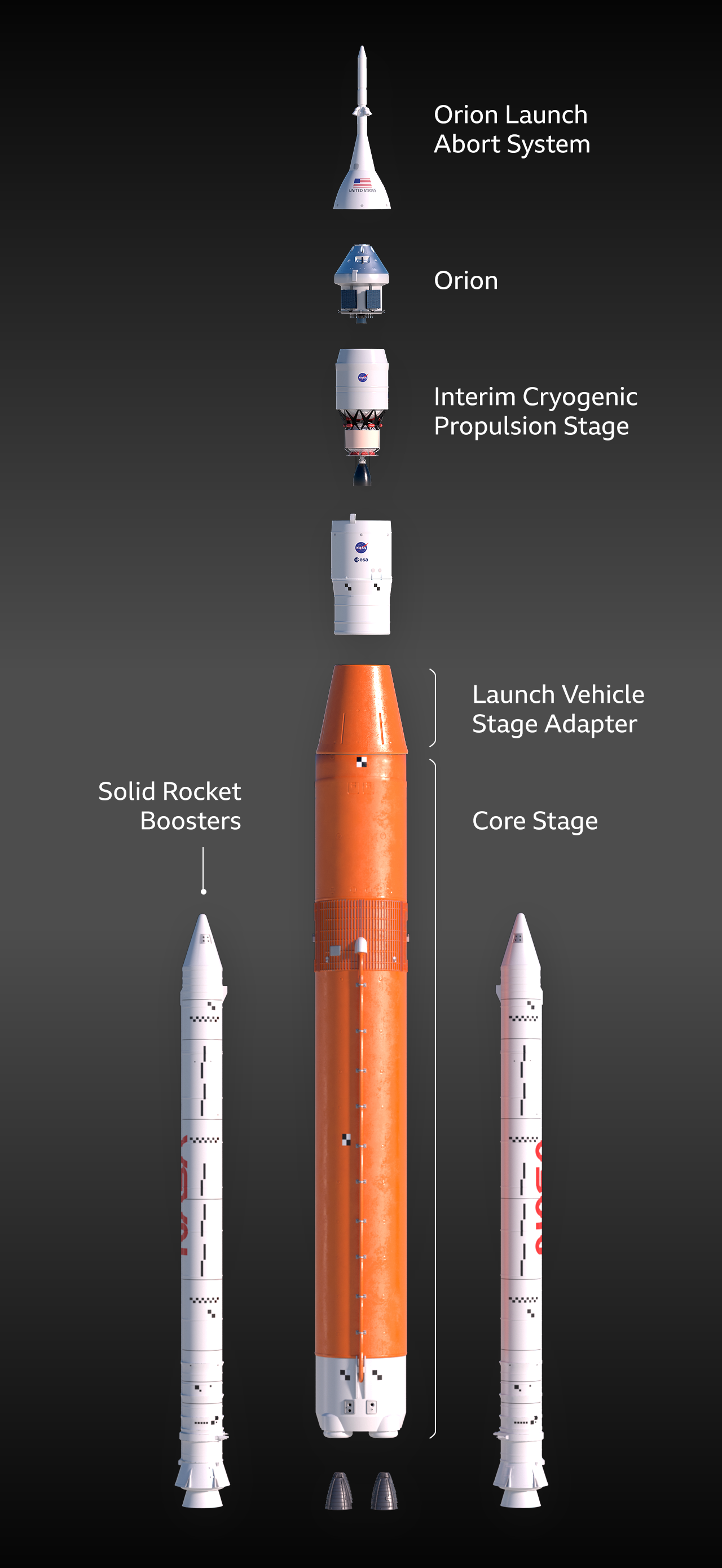
The solid rocket boosters provide most of the thrust to lift the rocket off the ground.
They burn six tonnes of solid fuel each second!
They will be jettisoned after two minutes and the core stage rocket will then push the SLS on into Earth orbit.
The core stage is essentially one giant fuel tank, filled with liquid gas colder than -180C.
It will burn almost two million litres (440,000 gallons) of liquid hydrogen and 740,000 litres (160,000 gallons) of liquid oxygen in just eight minutes.
That’s an olympic swimming pool of liquid fuel!
When the fuel is gone, the core stage falls away and the upper-stage engines briefly fire to place the Orion capsule in orbit.
Orion spacecraft
Now Orion must make its way to the Moon.
The journey takes a few days and Orion will get as close as 100km (60 miles) from the surface before firing its thrusters to move into orbit up to 70,000km (40,000 miles) away.

To start that journey there is one final rocket section - the Interim Cryogenic Propulsion Stage (ICPS).
The ICPS will accelerate Orion around the Earth and use the planet’s gravity to slingshot it out into space.
This manoeuvre is called the trans-lunar injection.

Once Orion is on its way to the Moon the ICPS will detach.
A final blast of its engines will send the ICPS far from Earth, where it will live out its days circling the Sun.
Orion has two sections: the capsule and the service module.
Together they are approximately 8m long (26 feet).
The service module is built by the European Space Agency and holds the guidance computers and thrusters to manoeuvre the spaceship.
On future missions Orion will take four astronauts to the Moon, but for Artemis I the seats will be occupied by test dummies.
The space inside is larger than in the Apollo missions but it is still less than nine cubic metres for four people to live in.
It’s about as much space as you get in a medium-size camper van!
The crew can stay in the capsule for a maximum of 21 days.
This first Artemis mission - with no crew - will last for 42 days and Nasa intends to test Orion by pushing it beyond the limits that will be in place when there are astonauts on board.
If everything goes smoothly, Artemis II will follow a similar mission plan but this time with a crew.
Astronauts in orbit on the next Artemis mission will be the furthest from the Earth that humans have ever been.
The purpose of the Orion spacecraft is to carry astronauts between Earth and the Moon but it is not designed to land there.
On future missions, the astronauts will transfer in orbit into a landing craft to take them down to the surface.
The landing system is being built for Nasa by SpaceX.

There are also plans for the first-ever space station orbiting the Moon, known as the Gateway.
In the future, Orion will dock with Gateway and astronauts will transfer to the landing craft. After their mission on the Moon's surface, they will transfer back to the space station and into Orion again for the journey home.
To return to the Earth, Orion will accelerate around the Moon and slingshot itself back towards Earth.
As it approaches the Earth, the capsule detaches from the service module, which is no longer needed.
The capsule will be travelling at 32 times the speed of sound as it enters Earth’s atmosphere.

The atmosphere will slow the capsule down but the heatshield will need to protect the crew from temperatures of approximately 2,700C (5,000F).
After travelling more than two million kilometres (1.3 million miles), the capsule will finally touchdown in the Pacific Ocean.
With the help of the US Navy, Nasa will recover the Orion capsule and spend the coming months analysing the instrumentation data.
Parts of the capsule will be re-used for Artemis II, in 2024, when four new astronauts will be launched into space by the SLS rocket.
Then in 2025, Artemis III will complete Nasa’s long-awaited mission to return humans to the surface of the Moon.

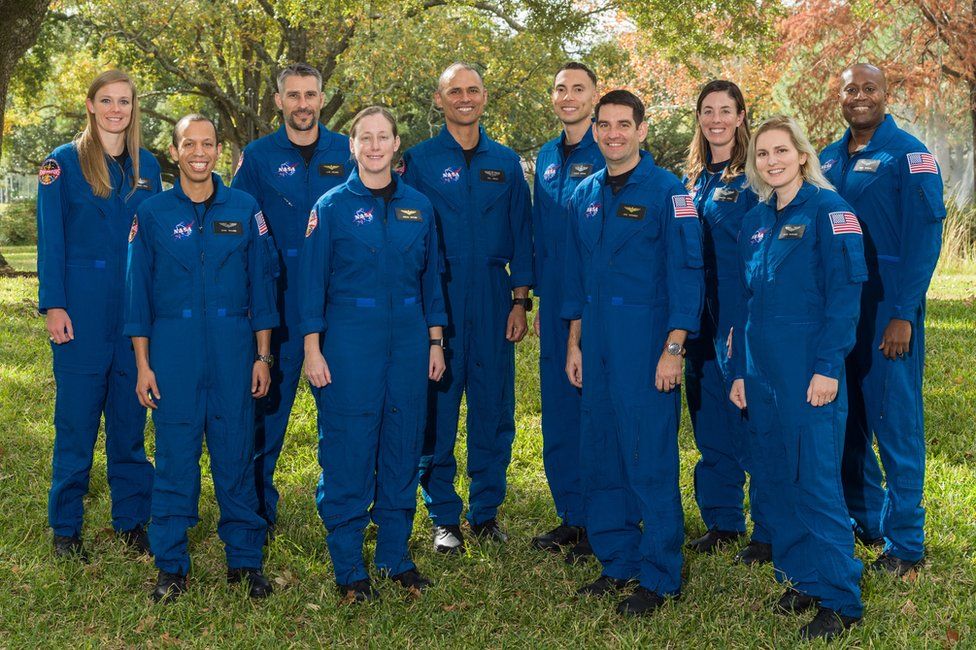 Nasa unveils new astronaut candidates
Nasa unveils new astronaut candidates
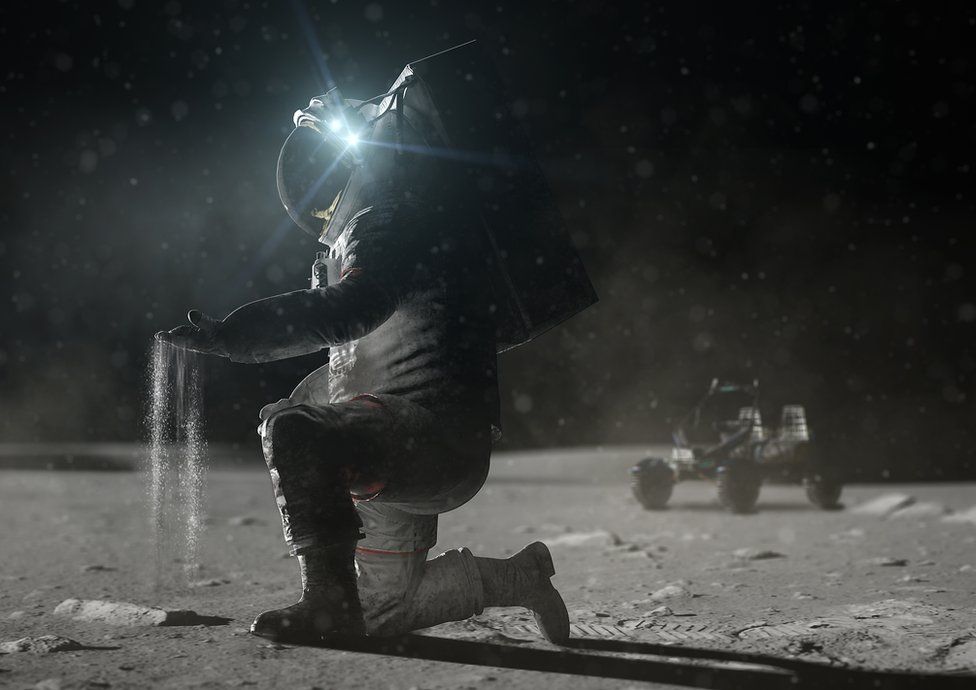 To the Moon and beyond
To the Moon and beyond
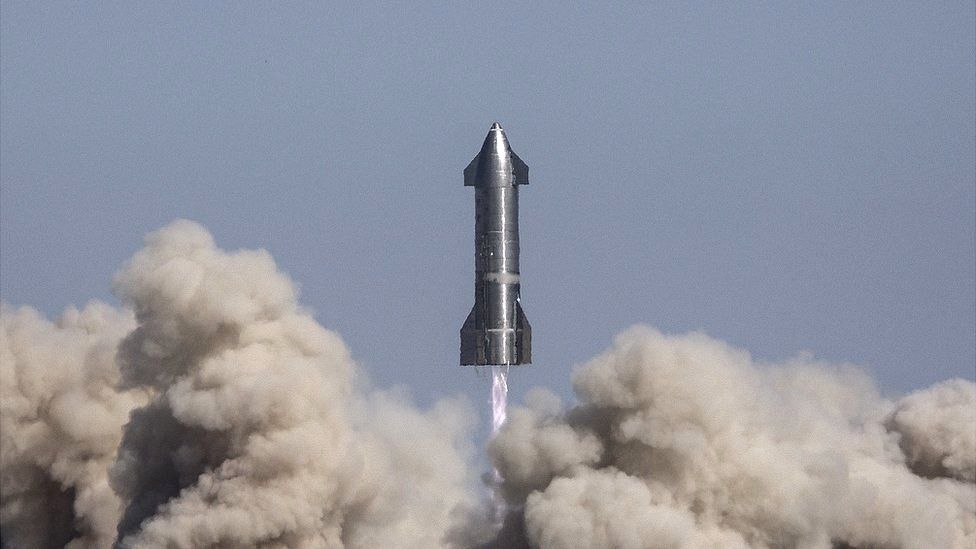 Elon Musk's Starship
Elon Musk's Starship